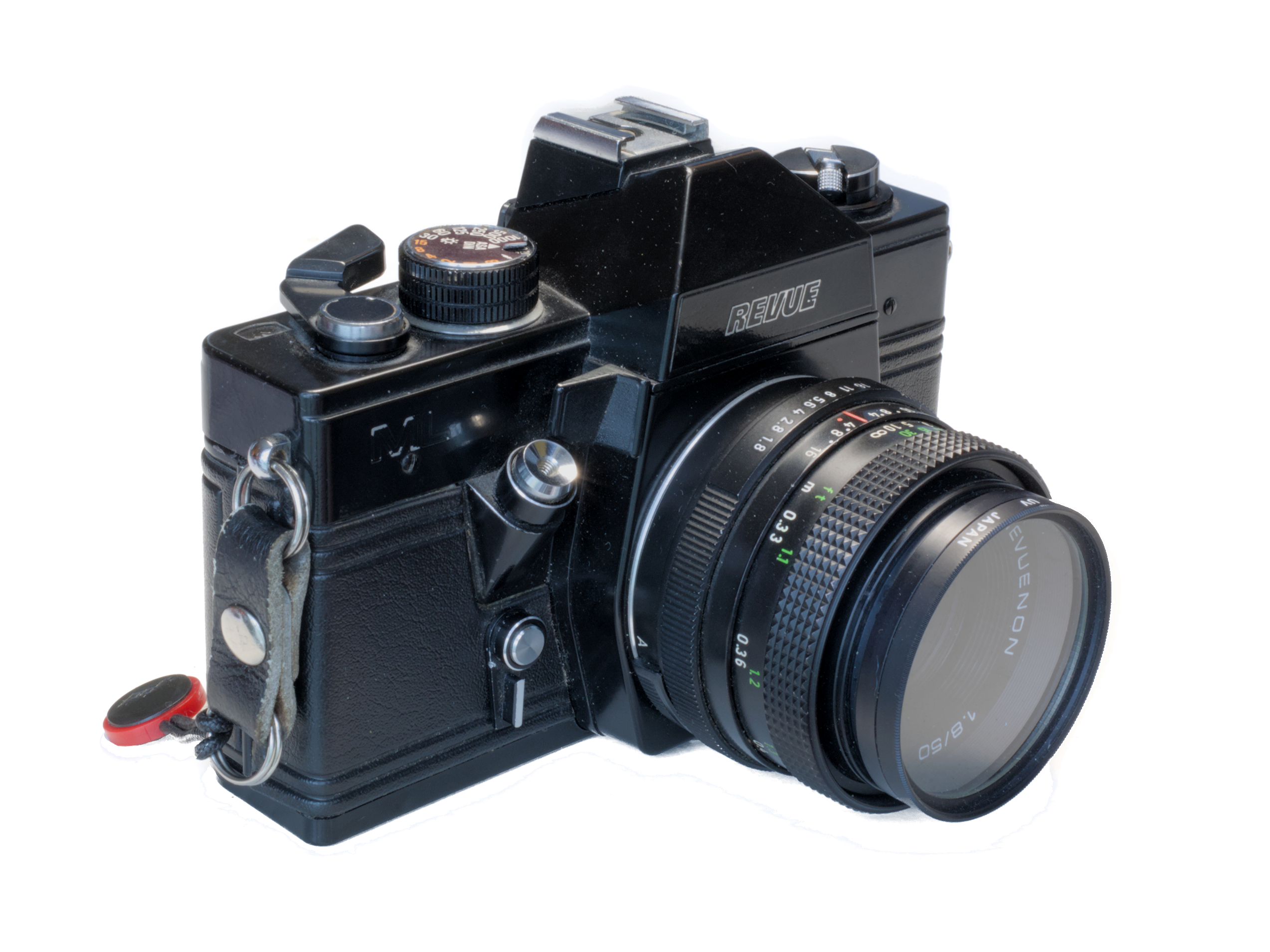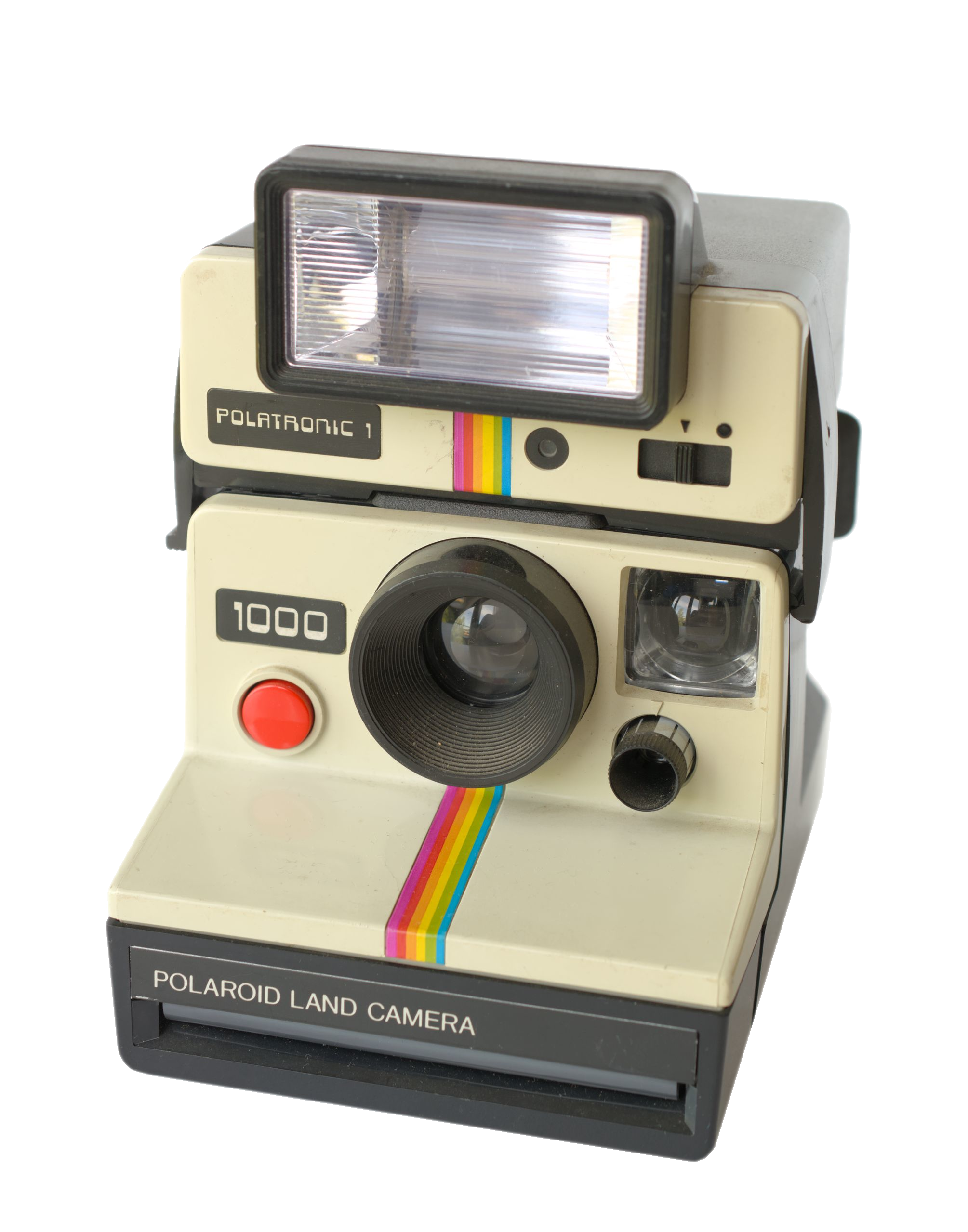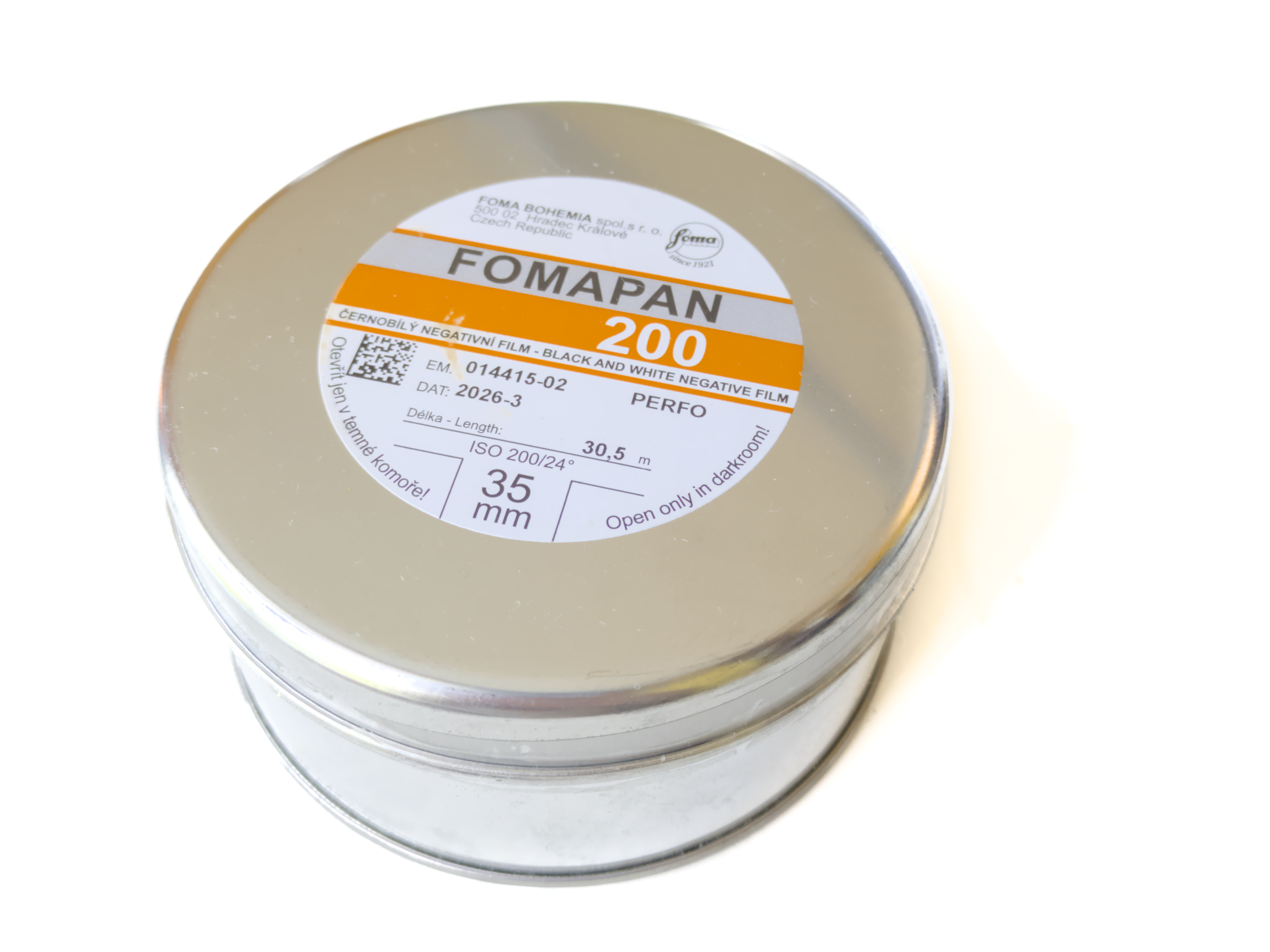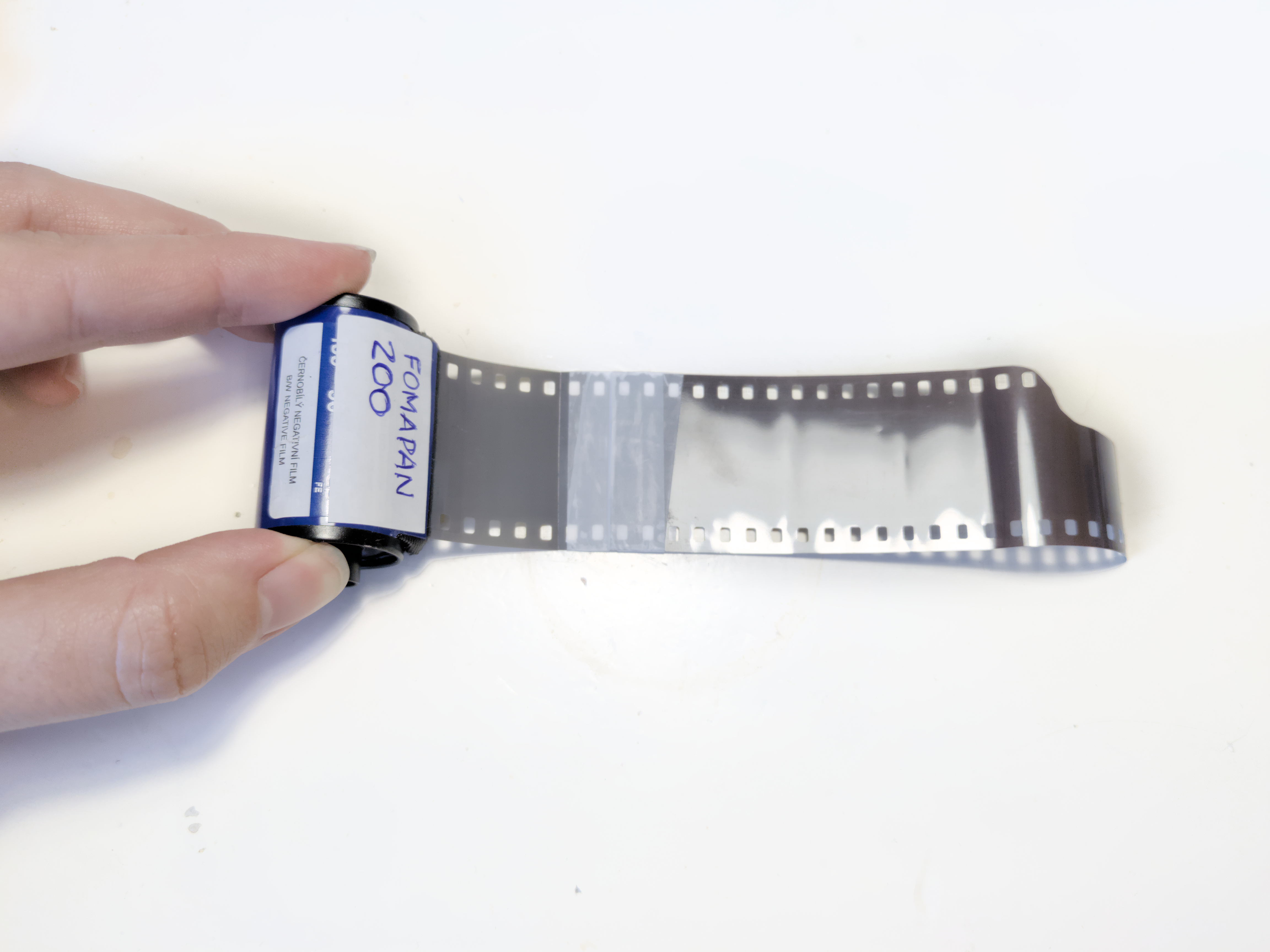Discovering Bulk Rolling with an East German SLR
The Revue ML
Back in October, while doing the rounds at my local charity shops, I came across an unassuming little vintage camera called the Revue ML. Given that Revue sounds exactly like a knock-off cheapo camera brand, I initially dismissed it, but given that I hadn't found anything worthwhile that day I decided to look it up online anyway. It turns out Revue was indeed a knock-off camera brand -- but not in the way you might think. In fact, there was never a camera manufacturer named Revue at all; Revue was merely a 'store brand' of the German retailer Foto-Quelle. Foto-Quelle would import cameras, generally from across the Iron Curtain and Japan, and rebadge them under the name Revue or Revueflex.

For a modern photographer, the ML truly has very limited frills. It's fully manual - no aperture priority, no shutter priority, no autofocus, et cetera, and its only affordance is a built-in through-the-lens light meter, which is activated by pressing the "measuring key" (the black tab next to the lens). In order for the light meter to operate, a battery is required; unfortunately, it requires a mercury oxide battery which has been out of production for decades at this point. It is somewhat unclear whether modern replacements, which have a slightly higher voltage, throw off the meter readings - this depends on the meter design, and whether it includes voltage regulation circuitry. My copy came with a V625U alkaline replacement, and the light meter appears to be relatively usable, but I have not done extensive testing. Of course, using the light meter is completely optional.
On the top of the camera, from right to left, we have the rewind spool, flash hotshoe, combined shutter speed and film speed dial, winding lever and frame counter. The shutter release is positioned on the front of the camera along with the self-timer and aforementioned measuring key; a somewhat odd design, but fairly easy to get used to and surprisingly comfortable. The film release and battery compartment are located on the bottom of the camera, and that completes the list of on-camera controls.
Conveniently, the camera uses the common M42 lens mount, which gives access to an immense variety of lenses (camera-wiki.org lists 55 manufacturers). My copy came with the Revuenon 50mm f/1.8 Multi-Coating, which is again a rebadged Pentacon lens. The lens is in great condition, focuses smoothly and has a satisfyingly clicky aperture ring, but it does suffer from excessive flaring and loss of contrast if even the suggestion of a bright light source is present at the wrong angle. In the right circumstances, however, it can produce quite pleasing results, especially for a lens that I got for the price of a movie ticket.
My first roll: failure
What better roll to put through here as an initial test than Fomapan 400? A cheap black-and-white film, suitable for home development: perfect. The roll loaded without issue, and I took some initial test shots. The viewfinder contains a split-prism focusing aid, which took some initial getting used to but makes manual focusing much more doable than I initially imagined. Sadly, the weather was absolutely shit (turns out we had the wettest winter on record last year! this is not surprising to me in the least.), so I put the ML away for the moment.
On the few nice days we had between October and now, I took it out a few times, but generally struggled to fill the 36-exposure roll. This is a recurring problem for me: I start a roll, I don't finish it on the day, and then the roll languishes for months on end, never being finished. I currently have a roll at 27 frames in my Minolta 7000 and one at 15 frames in my Yashica T3. I think 36 exposures is just too much, especially for film that isn't always usable (the Minolta contains Delta 3200, which has limited use unless you want to shoot everything at f/22).
So, instead of a quick test roll, the roll became a bit of a mishmash, containing a few frames from all sorts of days. I finally finished it on April 27th (King's Day here in the Netherlands). Happy to have finally finished the roll, I go to rewind it, and... completely mess up. As I'm not used to the process of manually rewinding film, I end up confused about how far the roll has rewound, and open the film back with most of the film still out in the open. This is exactly the kind of mistake to make on a quick test roll, but it's less fun when the test roll has taken months to shoot.
King's Day
Perhaps fittingly, King's Day is a day of contrasts. The night before, King's Night, many cities organise events where partygoers have fun and drink way too much beer late into the morning. This is not exactly my kind of event. My friends and I are also up at 5:00AM, but instead of partying, we try to score deals at the vrijmarkt. The vrijmarkt is the nationwide flea market that is held on King's Day, and it is the one day of the year the streets are littered with whatever crap people could find in their attic. Naturally, most of it is complete garbage, but occasionally there are gems to be found, if you arrive early enough.
This year, I struck gold early, at a stand that had a few boxes of old cameras. Most of them were as you'd expect: dirty, in unknown condition, not especially good or interesting. But one stands out: a Polaroid Land Camera 1000. With the Polatronic 1 flash unit, in relatively good condition. What was the asking price? €2,-.


Even if this thing was completely broken on the inside, it's a beautiful display piece. So, uhh, yeah. Sold! It takes SX-70 film, which is still being produced, so expect a post in the future with an update on whether it's at all functional.
Now, you ask, what does this have to do with the aforementioned East German SLR? Well, I had to get film for the Polaroid, of course, which means stocking up on other film as well, and while browsing the local photography web shop, I noticed the bulk rolls of Fomapan.
Film prices being what they are, I had always been curious about bulk rolling, but it seemed like a bit of an ordeal. That is, until I came across this article by Amy Elizabeth. She describes how, if you have a changing bag already (for home development, for instance), bulk rolling can be done without any additional tools, and simply requires some old film cassettes, tape, and patience.
Of course, bulk rolling saves money: with a 100-foot bulk roll of Fomapan 200, at 55 euros, I would be paying just under €3,- per 36-exposure roll. That's half the price of a standard roll of Fomapan 200! But more importantly, bulk rolling solves the problem I described above, about 36-exposure rolls simply being too long. By limiting the amount of film you load into the cassette, you can create rolls with as many or as few exposures as you like.
So, obviously, I decided I might as well try it.
The Bulk Rolling Process
The standard way of bulk rolling nowadays seems to be using a specific bulk rolling tool, in which you load the 100ft roll of film, feed the film through to a compartment that will contain the new 35mm film cassette, seal it, and simply turn a crank to bulk roll the film. This provides a bit of automation and allows you to do more in the light, but you can totally do the process in a regular changing bag, saving you around fifty bucks. And really, if you want a simplified process, you might as well shoot digital, right? 

All in all, the process is not too difficult. You need a film cassette with a bit of left-over film sticking out, a roll of tape, and the bulk film canister. In a changing bag, you open the film canister, take out the film (which is encased in a plastic bag, presumably black, to protect it from any light), tape the end of the film to the left-over film on the cassette, and turn the spool in the cassette a number of times to load the amount of exposures you want. You then just snip off the rest of the roll, close everything back up, and voilà! The most difficult part is taping the ends together - this is a process that requires some patience.

In theory, you could now cut a leader into the film, but as Amy notes in her article, you can also tape on a leader. This can potentially save you some frames, so it's worth doing, especially if you like to load smaller rolls. That said, I did have some trouble with it: because you tape on the leader, the tape covers the sprockets of the film, which interferes with the loading process. If you are patient, you could cut out the sprockets with a utility knife or similar; in this case, I only noticed it when the film was already loading, so I simply made sure it loaded correctly by advancing further than necessary, losing the advantage of the taped-on leader. That said, I still got 14 exposures out of a 13-turn roll, which isn't half bad.
The test roll, for real this time
Admittedly, doing all of this at once was a bit of a gamble. If the roll was a total failure, it could be due to any number of variables: the ML might be faulty, I might have messed up the bulk rolling, or the development - I had never developed Fomapan 200 before.
Fortunately, all went well. I went out, shot all 14 exposures in one go, rewound the film into the cassette properly ( ), and developed the film. When I opened the development tank, I was pleased to see actual images had indeed formed! The "scans", shot on my D5200 with ES-2 film digitizing adapter, can be seen below.
), and developed the film. When I opened the development tank, I was pleased to see actual images had indeed formed! The "scans", shot on my D5200 with ES-2 film digitizing adapter, can be seen below.
The scans did need quite a bit of tweaking in Darktable, and I think I slightly underexposed some shots, but they but other than the two shots I haven't included here, they were all salvageable. The exposure variance can be explained by my lack of consistency; I used a mix of trusting the built-in light meter, using a light meter app, and reasoning from sunny 16.
That said, I am quite pleased with the results! I especially like the shot looking up through the electric transmission tower; I'm slightly fascinated by these gigantic metal structures, which are just scattered throughout the natural environment. They also just make for some really pleasing geometric imagery.
Final thoughts
Before I bought this camera, I was completely unfamiliar with the world of manual cameras, and before I shot this roll, I was completely unfamiliar with bulk rolling. I now know I like both! The camera is mechanically satisfying to use in a way that my other cameras aren't, and there is something magical about needing no electronic components at all to take a photo. It's not exactly a wildlife beast, obviously, but totally usable for general city / landscape photography.
Bulk rolling finally allows me to shoot the smaller rolls I've always wanted to, and although it is finicky, I think that's kind of the point, at least for me. The whole process of analog photography is enjoyable to me exactly because it is so hands-on: the tactile, deliberate process of loading and unloading film cassettes in a changing bag, the timed agitations during development, the feel of a strip of negatives that now physically contain photos, et cetera, et cetera. This is simply another step in that process, and of course, if I don't feel like it, I can also just skip it and load a normal roll. That said, I do have another ~670 exposures left to go through on this roll...











